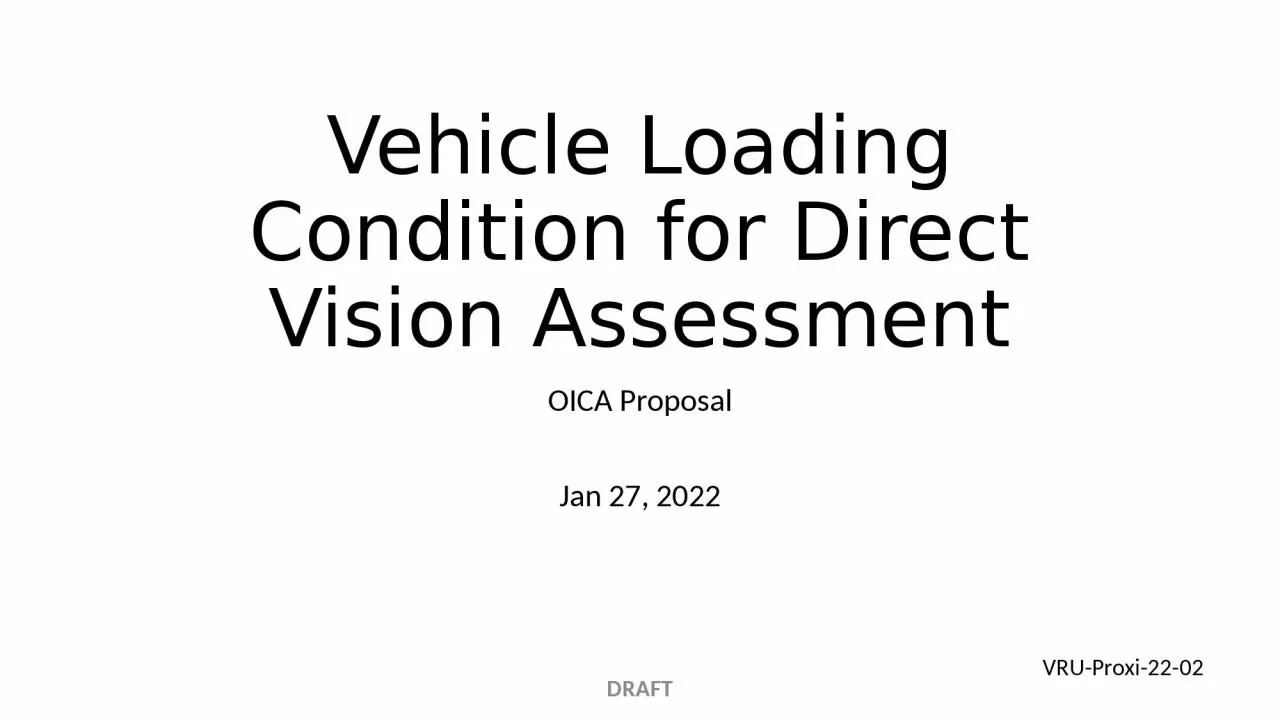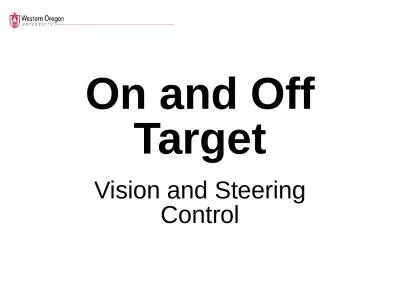PPT-Vehicle Loading Condition for Direct Vision Assessment
Author : madeline | Published Date : 2024-02-03
OICA Proposal Jan 27 2022 DRAFT VRUProxi2202 Why Adapt Vehicle Test Conditions Current Text 62 Vehicle conditions 621 The subject vehicle shall be the worstcase
Presentation Embed Code
Download Presentation
Download Presentation The PPT/PDF document "Vehicle Loading Condition for Direct Vis..." is the property of its rightful owner. Permission is granted to download and print the materials on this website for personal, non-commercial use only, and to display it on your personal computer provided you do not modify the materials and that you retain all copyright notices contained in the materials. By downloading content from our website, you accept the terms of this agreement.
Vehicle Loading Condition for Direct Vision Assessment: Transcript
Download Rules Of Document
"Vehicle Loading Condition for Direct Vision Assessment"The content belongs to its owner. You may download and print it for personal use, without modification, and keep all copyright notices. By downloading, you agree to these terms.
Related Documents














